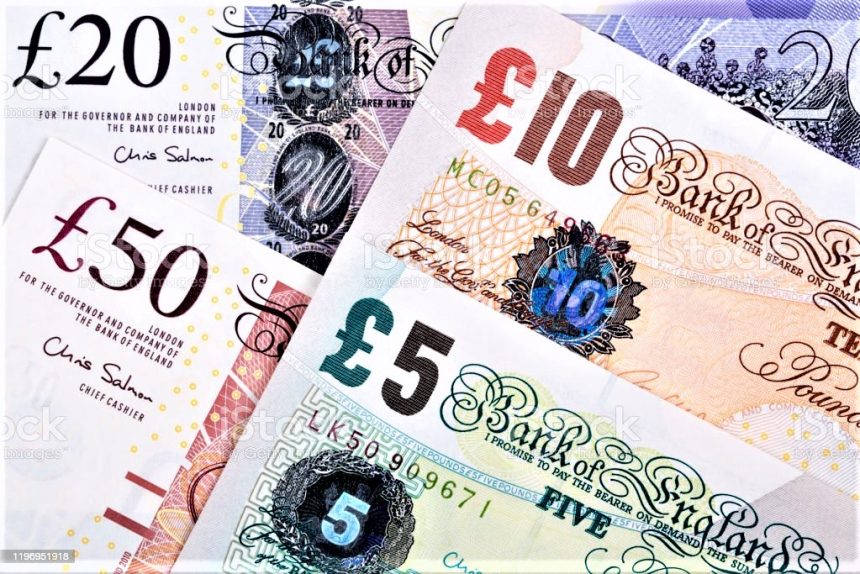Pound sterling recovers to about 1.3350 against the US dollar, with investors expecting the Fed to decrease interest rates by 50 basis points in November.
The Pound Sterling (GBP) recovers somewhat from crucial support near 1.3300 against the US Dollar (USD) in Thursday’s London session after falling dramatically on Wednesday.
The BoE projected to maintain a shallow monetary policy easing cycle.
The GBPUSD finds cushion as investors have largely underpinned the Pound Sterling versus the Greenback due to strong optimism that the Federal Reserve’s (Fed) policy-easing cycle will be deeper and faster than the one The Bank of England (BoE) will follow suit later this year.
According to the CME FedWatch tool, the central bank is likely to drop its key borrowing rates by 75 basis points (bps) in the remaining two meetings this year, implying a 50-bps and a 25-bps rate cut. According to 30-day Federal fund futures pricing data, the probability of the Fed cutting interest rates by a larger-than-usual margin in November has grown to 61%, up from 39% a week earlier.
Investors are anticipating Fed Powell’s speech on Thursday and the PCE inflation data for August on Friday.
Investors will look for fresh interest rate clues from talks by several Fed policymakers, including Chair Jerome Powell, scheduled throughout the North American session. Last week, at the press conference following the monetary policy decision Powell highlighted that further policy action will be data-dependent following the 50 basis point interest rate drop.
On the economic front, market investors are anticipating the release of the August Personal Consumption Expenditure Price Index (PCE) data in the United States (US) on Friday. Signs of a further decrease in inflationary pressures would increase market expectations of a Fed 50 basis point interest rate cut, but hot statistics would undermine them.
Daily Market movers: Pound Sterling trades cautiously vs its major peers.
The pound sterling trades cautiously against its main counterparts on Thursday due to a lack of top-tier United Kingdom (UK) economic data. As a result, market sentiment and expectations for the Bank of England’s interest rate outlook projected to have an impact on the British currency.
The market’s mood Due to China’s enormous stimulus and the growing anticipation of additional larger-than-usual Fed interest rate decreases, the environment appears to be positive for risk-perceived assets. S&P 500 futures have gained significantly in the European session, indicating that investors have a strong risk appetite.
Meanwhile, the Bank of England is expected to decrease interest rates once during its two remaining policy sessions this year. The BoE’s policy-easing cycle appears to be shallower than that of other central banks, with policymakers concerned that price pressures will linger due to strong inflation in the service sector. Annual service inflation, which BoE officials constantly monitor, increased sharply to 5.6% in August from 5.2% in July.








